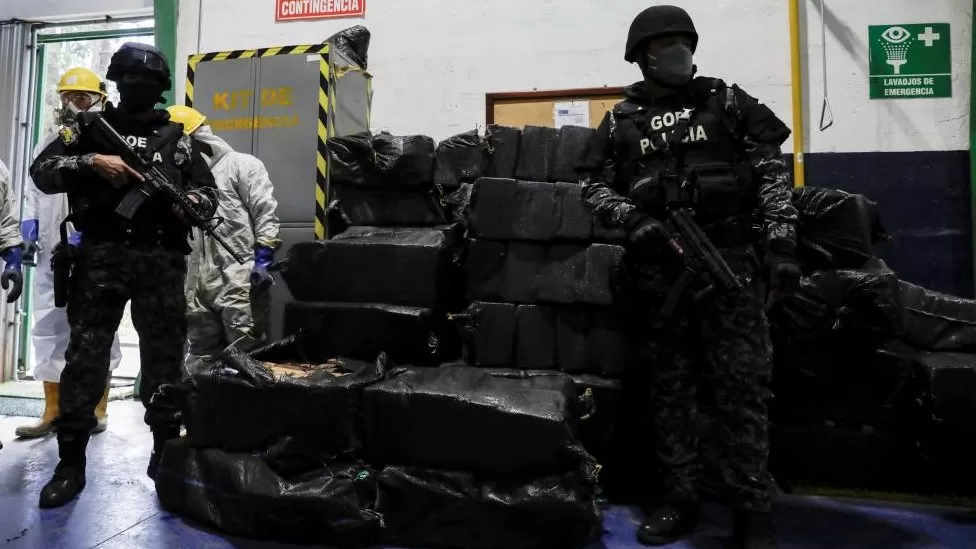Ecuador politician murder: Prison gangs in terror reign

Just a few years ago, Fernando Villavicencio’s words, shouted into a microphone moments before he died in a hail of bullets, could have been dismissed as a rhetorical flourish, an exaggeration.
However, their predictions proved to be all too accurate on Wednesday. During a rally in Quito, Villavicencio, a candidate in the upcoming presidential election, was shot and killed.
The assassination of this man is not an isolated incident.
A mayor shot as he was inspecting public works, bodies strung from bridges, gang leaders publishing videos that threaten to kill politicians unless they do their bidding – an endless string of violence has dominated the headlines in this country that was once known for its safety.
As of 2018, there were 5.8 murders per 100,000 residents. In a Gallup poll, the majority of its residents reported feeling safe walking alone at night.
Ecuador’s homicide rate had more than quadrupled by 2022, and Ecuadoreans’ trust in police, as well as their perception of safety, had plummeted.
If a poll were conducted now, the percentage of people who feel safe would probably be even lower.
Since when did Ecuador, a country that until recently was considered a safe haven for tourists and locals alike, become a nation where democratically elected politicians are murdered?
Gangs – and geography – are the answer.
Colombia and Peru, the world’s two largest producers of cocaine, border Ecuador.
According to the United Nations Global Report on Cocaine 2023, cocaine production recently reached a record high.
Coca leaves, the raw material used to make cocaine, are grown in Colombia and Peru, which are at the center of this international illegal trade.
As production increases, so do police seizures of the drug worldwide.
In particular, Colombia has been fighting the flow of cocaine for decades, and its police have received US training and support.
The gangs doing the trafficking have also become more international as police forces pool resources to disrupt the flow of cocaine.
Demobilizing Colombia’s Farc rebel group, once a major player in the cocaine trade, has led to the emergence of new players beyond Colombia’s borders.
In South America, Mexican drug cartels and Balkan criminal groups have gained a foothold.
There was a great deal of interest among these groups in exploring new ways of transporting cocaine from Colombia to Europe and the United States.
Following the signing of a peace deal between the Colombian government and the Farc rebels in 2016, formerly lawless areas in Colombia were brought under state control.
Ecuador has become an increasingly desirable transit country for drug shipments from these transnational crime groups.
